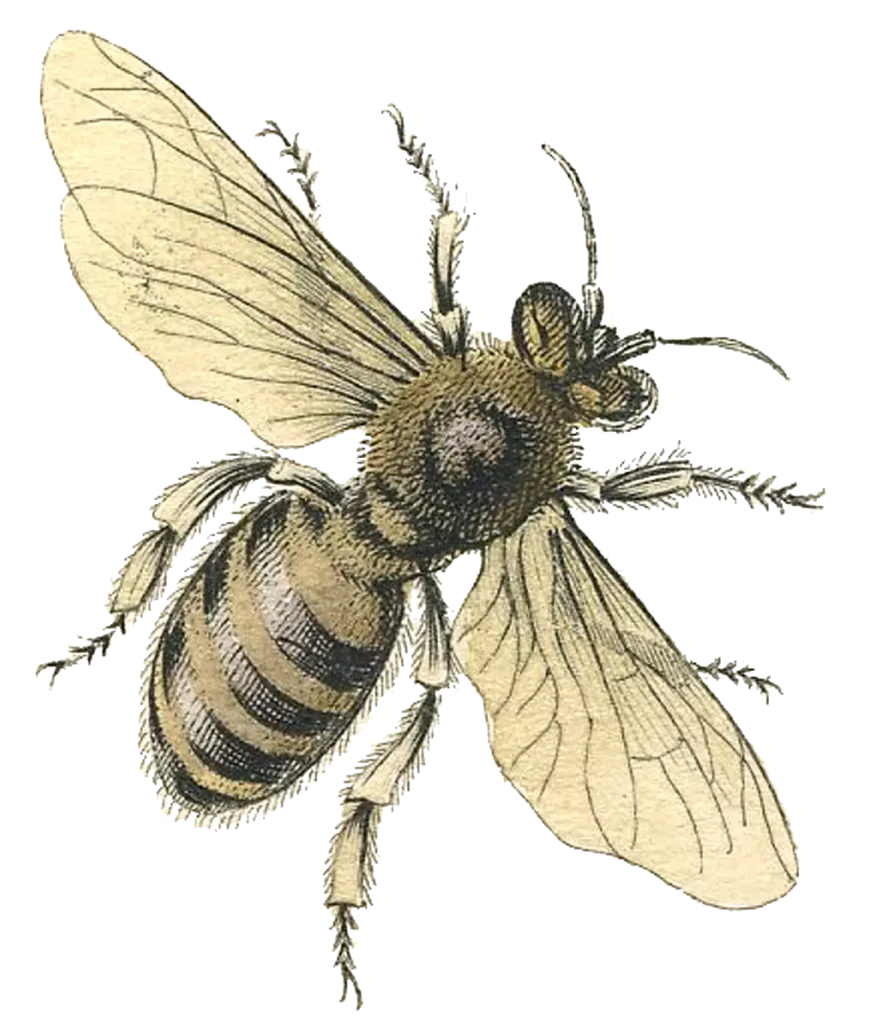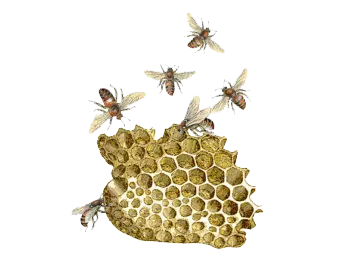
The Western Honey Bee (Latin name Apis mellifera) is the most widely distributed bee on Earth, while there are seven different species of honey bee globally Apis mellifera is the only one to cover all areas of the earth where bees can survive.
Humans have probably been foraging for honey in beehives for as long as we’ve been hunter gatherers but it wasn’t until around the same time as the pyramids were being built over 4,000 years ago that the Egyptians started cultivating bees for their honey and wax. As time progressed and it became obvious how successful apiculture could be with apiaries prone to little disease and requiring little maintenance in return for a nutritious food source the practice soon spread to other cultures.
The most common honey bee – Apis mellifera – spread with it, eventually being introduced into the Americas and far into the Pacific and Indian oceans.
Despite there being seven recognised species of true honey bee in the world, the Apis mellifera species has remained the strongest and most popular for it’s temperament, hive structure and high output of honey. Honeybees are now commonplace throughout the world and are an extremely important part of our everyday lives, and huge contributors to the world economy as they pollinate many crops worldwide.
In recent years there have been several setbacks for apiarists with the spread of the varroa mite, emergence of Colony Collapse Disorder (CCD), and the introduction of pesticides into many of the bees’ foraging areas resulting in a decline in many parts of the world. While CCD is still being studied there appears to be no one reason for hives to suddenly die off, however there are many theories.
The most prevalent theory is that a combination of increasing stresses in the environment such as environmental change, decreasing biodiversity, parasites and increases in pesticides, and other chemicals in the environment is proving too much for any but the strongest hives to withstand.
While in some parts of the world the honeybee remains strong and resilient, just as many countries are reporting alarming rates of hive loss, in some cases as high as 80%. However it is the opinion of many scientists and apiarists that the population will stabilise and improve once the weaker strains of bees have died off, and in the meantime introducing more sustainable and insect friendly farming practices and increasing biodiversity would be a good start in helping the honey bee population during it’s recovery.

